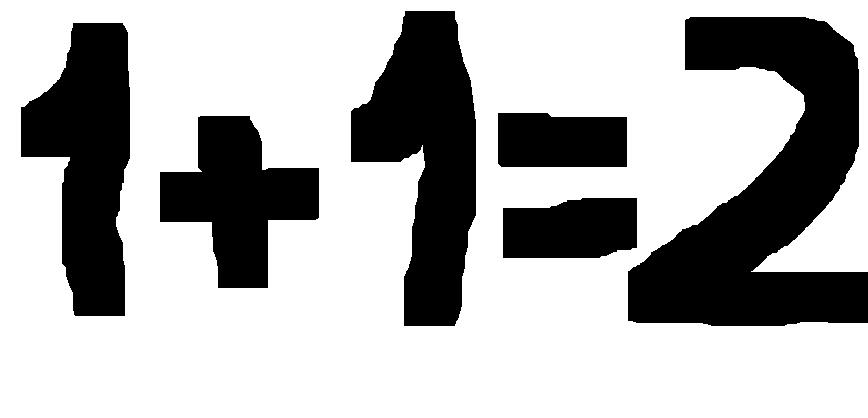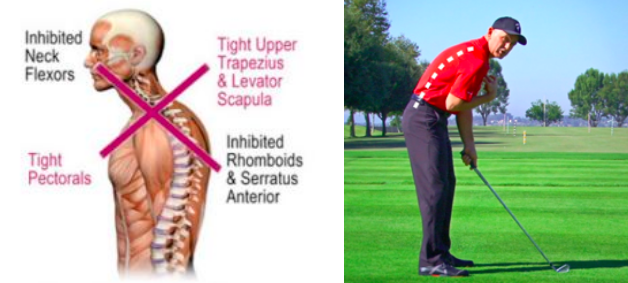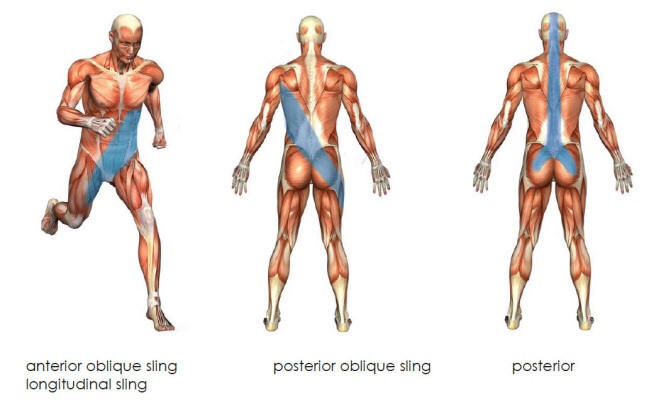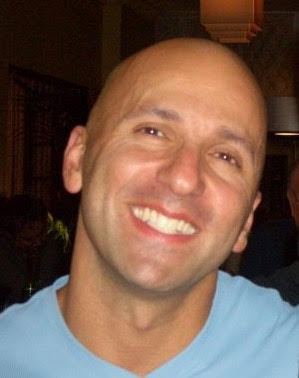IMPROVE MY GAME
Articles
Treating Motor Pattern Dysfunction: Are Your Corrective Exercises Correcting?

Golfers continue to be hampered by muscular strain and pain, as well as joint orthopedic issues. For example, as many as 54% of golfers experience back pain at some point and back pain is the leading cause of physical ailments in this sport (Golf-Related Low Back Pain: A Review of Causative Factors and Prevention Strategies, David M. Lindsay & Anthony A. Vandervoort, NCBI/NIH, 2014, View Full Study Here).That’s a big number and keeps many players off the course. Why?
Often, this is due to a lack of joint mobility and stability, muscular asymmetries and/or muscular imbalances. Even with the time spent to try and increase tissue extensibility and articular range of motion, most golfers may not see long lasting results.

The problem is that we are only dealing with part of the equation. We stretch or release the short, tight, facilitated muscle or we activate the long, loose,inhibited muscle. Seldom do we do this in tandem. This is where the opportunity is. We need to attack both sides intentionally!
When we look at motor patterns we should look at three general categories of muscles. There are agonist muscles: those that contract to produce force. Agonist are considered prime movers which means they are responsible for movement of the trunk and extremities. There are antagonist muscles: those that oppose or work to reduce or balance the muscular action of the agonist. Antagonists would also be in the prime mover category. Then we have synergists muscles which assist the agonist and antagonist muscles with movement and can help create stability around a joint that is moving or not moving.
With the various players involved in movement, it can be easy to think that agonists, antagonists and synergists work in perfect harmony together during motor patterns. The reality is that antagonists can become facilitated, tight, short and begin overpowering agonist muscles. This can cause the synergist muscles, designed to assist and stabilize, to try and take on the role of the bigger global movers. This is one of many problems that can exist with dysfunctional motor patterns.
Much like our golf swing, unless we deal with these dysfunctional patterns the right way they can become hard wired into our central nervous system. This is called myelination. Myelination of dysfunctional movement can lead to pain, strain and eventually injury.
What are some of the common dysfunctions we see with golfers?
Upper Crossed Syndrome (UCS)
Long and/or Inhibited (typically): sub-occipitals, scalenes, sternocleidomastoid, upper trapezius, levator scapula, pectoralis major, pectoralis minor.
Short and/or Facilitated (typically): Longus Colli, mid to low fibers of the trapezius, rhomboids

UCS is often associated with C-Posture which TPI describes as “A posture that occurs when your shoulders are slumped forward at address and you have a definitive roundedness to your thoracic spine.” The problem is that this puts the spine and more importantly the thoracic spine into kyphosis. If you look at the picture below, you will see that putting the thoracic spine into an overly flexed position will put the facet joints of the thoracic spine into a sub-optimal, end range of motion position and limit the amount of rotation we can access with this part of the body.

Lower Crossed Syndrome (LCS)
Long and/or Inhibited (typically): rectus abdominis, transverse abdominis, gluteus maximus
Short and/or Facilitated (typically): spinal erectors, psoas

Lower Crossed Syndrome can often lead to S-Posture which is a postural position where the player is in excessive lumbar lordosis. This causes them to stick their tail bone out too much in the setup position. This excessive curvature in the lower back can create an enormous amount of stress on the lumbar extensors and cause the abdominal muscles to turn off. This inhibition of the core can lead to swing faults like loss of posture or reverse spine angle during the backswing. “This in turn puts the lower body out of position on the downswing and will affect the sequence of motion in the golf swing.” See more on S-Posture here.
Here are some patterns we may not be considering but that are noteworthy for the golfers.
Anterior Oblique Sling
Inhibited: Internal and/or External Obliques
Facilitated: Adductor Complex
Posterior Oblique Sling
Inhibited: Gluteus Maximus
Facilitated: Latissimus Dorsi, Thoracolumbar Fascia
Posterior Fascial Chain
Inhibited: Gluteus Maximus
Facilitated: Toe Flexors
Or
Inhibited: Neck Flexors
Facilitated: Toe Flexors

Let me be clear. We have to be careful with labeling a muscle as short, long, inhibited (weak) or facilitated (strong). Just because something hurts does not mean it is tight and needs to be stretched. Just because something is tight doesn’t mean it is strong. Often times we associate tight with strong. This is also incorrect. Most dangerous is stretching something that is long and weak (inhibited) when it needs to be shortened and strengthened. This can lead to neuropathy.
The best thing to do is Test, Don’t Guess! Always know why you are stretching, releasing and activating. For example, the TPI movement screen tests glute strength with the Single Leg Bridge. This will not only test the strength of the glute muscle but stability of the hip.

Utilized by TPI Medical Pros as part of the SFMA, the Thomas Test assesses the length of the hip flexor musculature and can help identify length issues with the psoas, rectus femoris and tensor fascia latae.
Additionally, you can work with a properly trained TPI professional to test whether these muscles are inhibited or facilitated using certain TPI assessments or manual muscle testing techniques.

Now we are starting to look at muscles involved in a pattern, Which is weak? Which is tight? And most importantly how to correct it.
Let’s attack the lower crossed syndrome. Say we determined that the glutes are long and inhibited caused by short and facilitated hip flexors. Our corrective homework, in this instance, would be to start with a hip flexor stretch which we might follow up, if necessary, with self-myofascial release work in specific areas of the hip flexors. The important thing is to stretch/release until we achieve enough release to get that musculature to relax. This allows for the appropriate environment to properly activate the glutes, which is the second piece of this equation.
Hip Flexor Stretch (with Side Bend)
TFL - Self Myofascial Release
Glute Activation: Single Leg Bridge
While we are at it, let’s look at upper crossed syndrome. Here we have Pec major/minor tight and facilitated over a long and weak mid/lower trapezius muscle group. So, the way we attack this dysfunction is to stretch the pec major/minor and complete self myofascial release on that same area and follow that up with activation of mid to lower fibers of the trapezius. One stretch and release followed by immediate activation of the opposing antagonist.
Chest Stretch on a Foam Roller
Resisted Supine T's
Y’s Stability Ball
When dealing with motor patterns, it will be important to release the facilitated muscle followed by immediate activation of the inhibited muscle. This is the pattern. This is the equation we need to address.
If you are dealing with chronic tightness, pain, dysfunction, immobility, etc, these corrections may be necessary up to 2 times per day for as long as 2 weeks. You should start to see improvement with tightness, weakness and, in certain cases, pain after this time. Again, Don’t guess. Test, correct and retest!
If your reset/correction worked, great. Move on to something else. If not, continue to test, correct and retest until you see improvement.

Paul Gozbekian has been a trainer/coach for over 20 years working extensively with golfers over the this time period and has coached players at all levels and ages. Paul has presented at the National Golf Expo each of the last 4 years and has been a regular guest on 98.5 The Sports Hub Golf Club Boston for the past 6 years. Aside from golf, Paul helps clients with varying wants and needs including weight loss, strength training, pain management, prehab/rehab, corrective exercises, endurance training and sport performance. Paul is a seminar junky and loves getting out to learn the next, greatest techniques and cutting edge training methods. He is certified with TPI as Fitness Coach Level 3, Junior Coach Level 3, Power Coach Level 3 and hold minors in Medical Level 3 and Golf Level 2. Additionally he maintains certifications through NKT, SFMA, FMS, FRC, USAW, ACE, NASM and others. Paul lives in Massachusetts with his wife and 4 year old daughter and works primarily out of Equinox as a Tier X Coach. If you would like to contact Paul for training online or in person 1-on-1, you can contact him via his website or on social media on Instagram or Facebook.
Paul Gozbekian